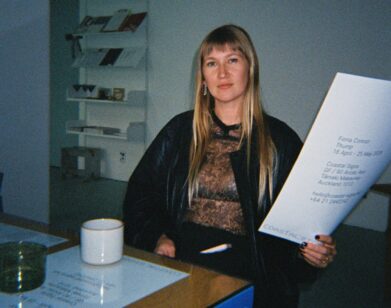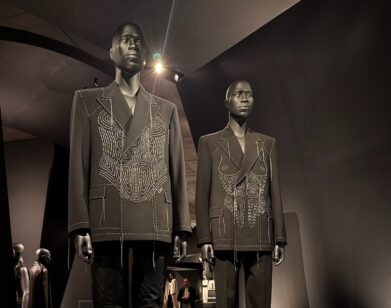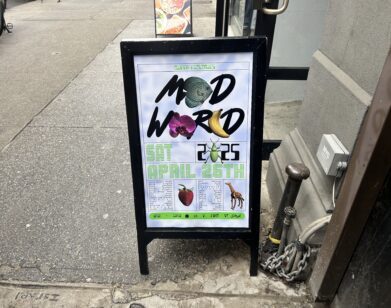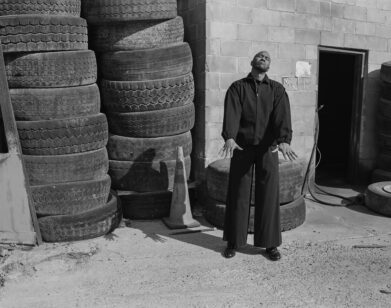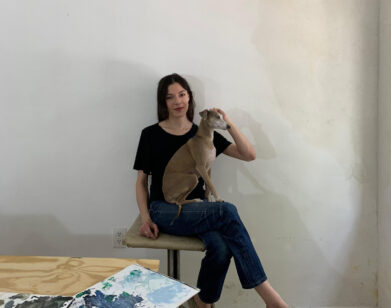Warhol’s Mother, George Condo’s Muse?
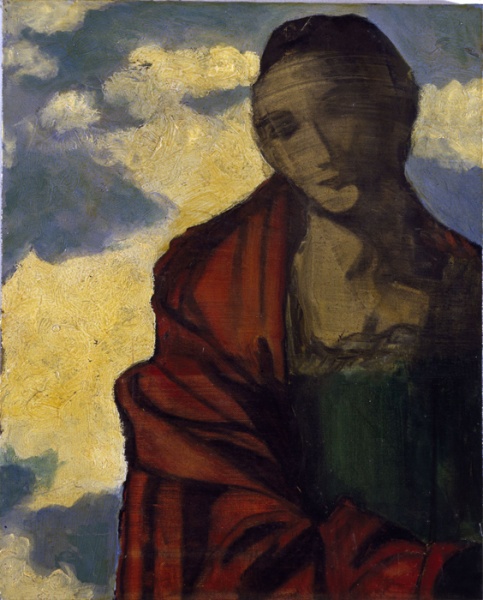
MADONNA, 1982. COLLECTION OF THE ARTIST
Fittingly for the iconoclastic George Condo, the artist says the subject that brought about his first mature painting was the Madonna. That 1982 work is the lynchpin of a retrospective, “George Condo: Mental States,” which opens at the New Museum tonight. The lender list alone speaks to the eclectic demand for Condo’s work, and the excited build-up to the opening tonight.
Visitors to the exhibition will probably be familiar with the artist’s scenes featuring screwed-up, clown-like, dumb-eyed subjects-often reproduced, most recently in a “banned” cover for Kanye West’s most recent album. What they will here see is a themed survey that breaks down Condo’s impassioned exploration of the human figure. This New York edition is adapted from the first presentation, curated by Ralph Rugoff for the Hayward Gallery in London.
What is it that’s so enduringly controversial about Condo’s gaggle-eyed forms? And what might we learn from him? “The topographical aspects of the human face are frightening,” he says. “And when they resemble the average person, rather than a magazine cover, viewers recognize themselves…”
ALEX GARTENFELD: Abstraction is something that comes across in so many different ways with your work, and it’s addressed in each of the catalogue essays. Have you ever felt that abstraction was a category that made your work more polite?
GEORGE CONDO: Abstract is a word that lends itself to pre-conceptions, especially when applied to painting. People have all different reasons for it. I see abstraction as another way of describing the experience of transformation. What I always said is that when I look at a Jackson Pollock, I see faces. I paint the people and the places and the things that I see while looking at an abstract painting. In other words, it’s the reverse process of Leonardo looking at drips on a wall and putting buildings in there. And the opposite is true, too.
READ THE FULL INTERVIEW

